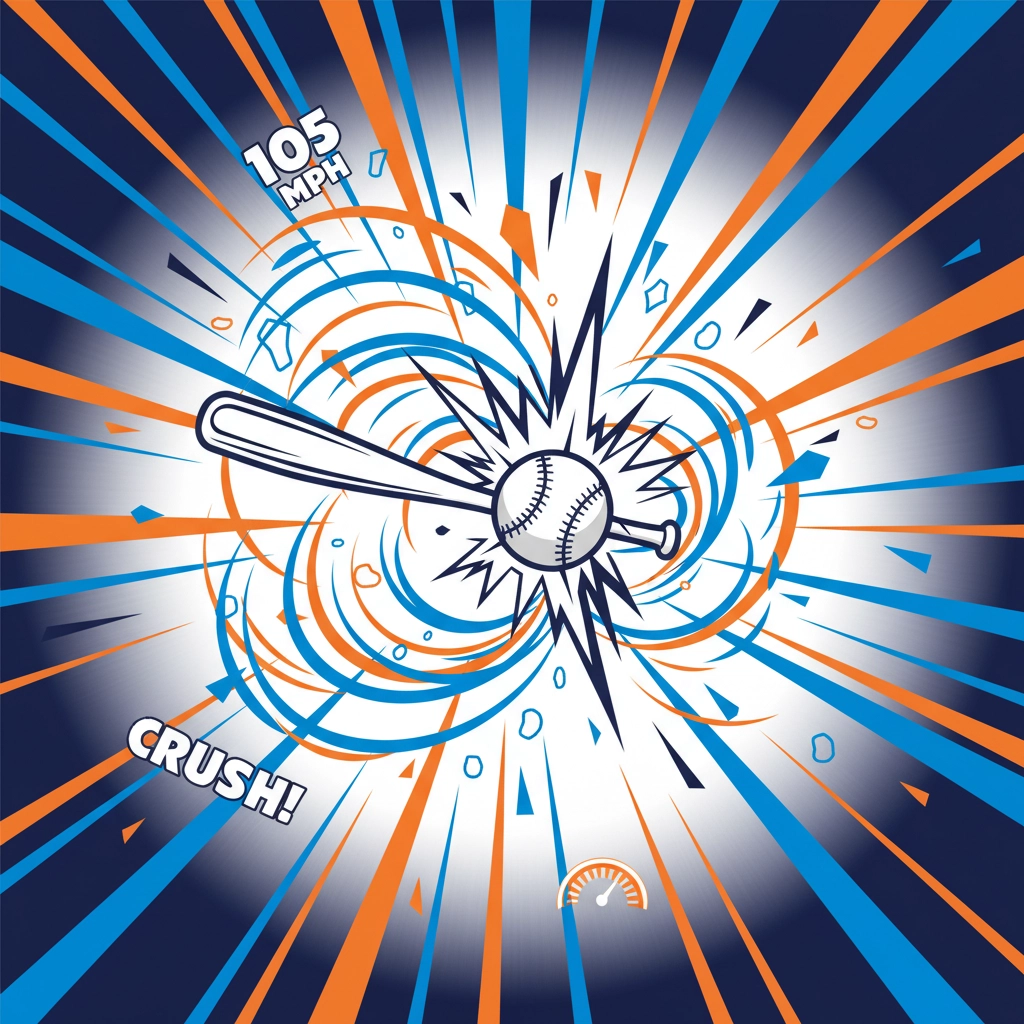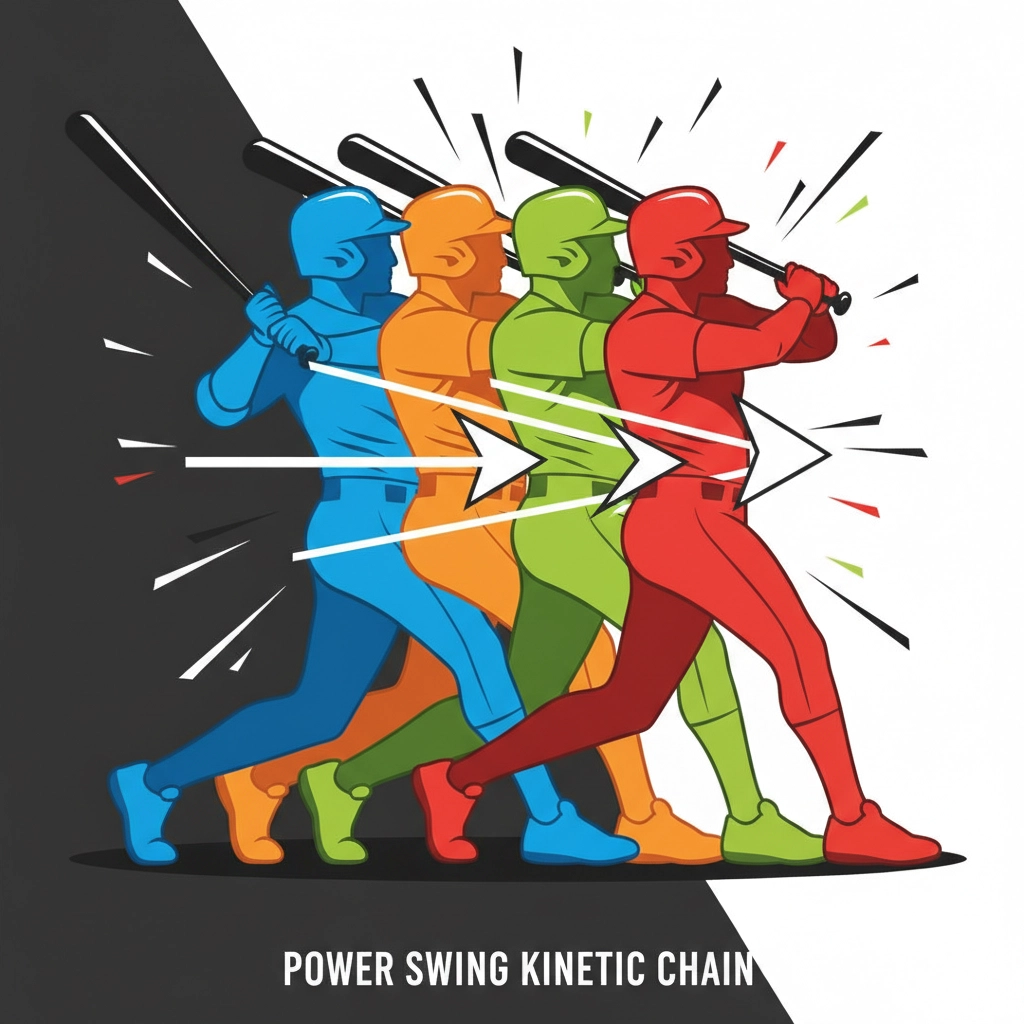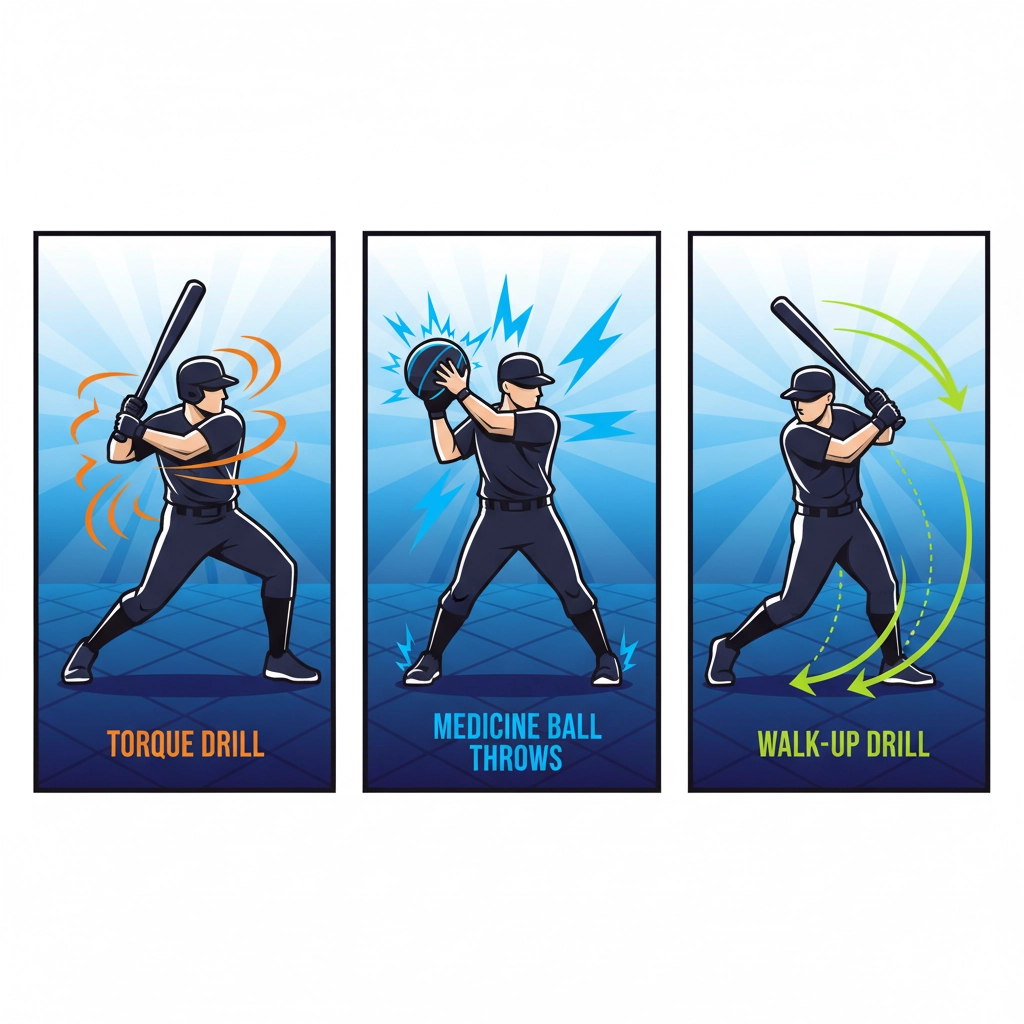The Secret to Hitting Velocity: Our Coaches Break it Down
- Inside The Lines Sports
- 3 days ago
- 5 min read
Want to know what separates the kids who crush balls over the fence from those who weakly pop up to the infield? It all comes down to hitting velocity: and here at Inside The Lines Sports, our coaches have cracked the code on developing this crucial skill.
Exit velocity has become the gold standard for measuring hitting ability in modern baseball. It's not just about how hard you swing: it's about how efficiently you transfer that energy into the ball. Every parent watching their child step into the batter's box wants to see those hard-hit line drives that make coaches take notice.
The good news? Hitting velocity isn't some mysterious talent you're born with. It's a skill that can be developed through proper training, and we're going to break down exactly how to do it.
Understanding Exit Velocity: The Numbers That Matter
Exit velocity measures how fast the ball leaves your bat after contact. Think of it as the report card for your swing: it tells you everything about how well you're transferring power from your body to the ball.
Here's what you need to know: for every 1 mph increase in bat speed, you gain approximately 1.2 mph in exit velocity. That means a 5 mph boost in how fast you swing translates to roughly 6 mph more velocity off the bat. Those numbers might seem small, but they make a massive difference on the field.
At the youth level, the gap between elite and average hitters is striking. Twelve-year-old elite players typically achieve exit velocities around 73 mph, while average players at the same age hover closer to 62 mph. That 11 mph difference? It's the gap between a soft single and a screaming line drive that finds the gaps or goes over the fence.

The Three Pillars of Hitting Velocity
Our coaches have identified three core components that work together to create explosive hitting velocity. Master these, and you'll see dramatic improvements in your power numbers.
Pillar 1: Explosive Bat Speed
Bat speed is your foundation. The faster you can whip that bat through the zone, the more energy you have available to transfer into the ball. But here's the key: it's not about swinging harder; it's about swinging faster with proper mechanics.
Building bat speed requires both strength and technique. You need to develop explosive power in your upper body while maintaining an efficient swing path. This is where overload and underload training becomes crucial. By alternating between heavier and lighter bats during practice, you train your muscles to fire faster and with more force.
Think of it like training for speed in track. Sprinters don't just run the same pace every day: they use resistance training and technique work to build explosive starts. Your swing works the same way.
Pillar 2: Sweet Spot Contact
All the bat speed in the world won't help if you're not making solid contact. The sweet spot on your bat is where energy transfer is most efficient. Hit the ball there consistently, and you maximize what coaches call "smash factor": the most efficient conversion of bat speed into exit velocity.
This is where many young hitters struggle. They focus so much on swinging hard that they lose precision. Our approach emphasizes quality contact first, then building speed while maintaining that precision.
Pillar 3: Kinetic Chain Sequencing
Power doesn't start with your hands: it starts with your feet. Proper sequencing means your body fires in the right order: feet, hips, shoulders, then hands. When this kinetic chain works perfectly, you're not just swinging a bat; you're throwing your entire body's energy into the ball.

The key is creating what we call "hip-shoulder separation." Picture coiling a rubber band: you're storing energy by creating tension between your lower and upper body, then releasing it explosively through the swing.
Game-Changing Drills Our Coaches Use
These aren't your typical batting practice swings. These drills specifically target the mechanics and power development needed for higher exit velocity.
The Torque Drill
Start in your foot-strike position with your back foot turned heel-up toward the catcher. Pull the bat knob back toward the catcher to create tension, then fire your pelvis forward followed by the bat knob, finishing with your upper torso.
This drill teaches proper sequencing while building the hip-shoulder separation that creates torque. You'll feel the difference immediately: that coiled spring sensation that explosive hitters use.
Rear Leg Loading Drill
Begin with your stance open at a 45-degree angle, coiling into your back hip. Start your swing by firing your hips forward first, then drive the knob straight to the ball while keeping your body behind the ball.
This reinforces proper weight transfer and helps you generate power from your lower half. Many young hitters try to muscle the ball with just their arms: this drill breaks that habit.
Medicine Ball Rotational Throws
Hold a medicine ball at your back hip and perform explosive rotational throws against a wall. Focus on hip rotation and core power, not just arm strength.
This builds the rotational strength and explosiveness that directly transfers to your swing. It's functional strength training that mimics the exact movement pattern you use when hitting.

Walk-Up Timing Drill
Start behind home plate and step left, right, then left again, walking into the ball as you swing. This creates momentum and rhythm while teaching you to shift your weight through the ball rather than staying stuck on your back side.
Many hitters get too rigid in their stance. This drill adds natural athleticism back into your swing while maintaining proper mechanics.
The Science Behind the Swing
Understanding the physics helps you train smarter. When you make contact, you're creating a collision between two objects: your bat and the ball. The efficiency of that collision determines how much of your bat speed converts to exit velocity.
Several factors affect this collision:
Contact Location: Hitting the sweet spot minimizes vibration and maximizes energy transfer. Miss the sweet spot, and much of your bat speed gets absorbed by the bat itself.
Angle of Attack: The angle your bat travels through the zone affects both contact quality and launch angle. A slightly upward path through the zone typically produces the best combination of exit velocity and optimal launch angle.
Timing: Even perfect mechanics won't help if your timing is off. You need to meet the ball at the exact moment when your bat speed peaks.
What Results Can You Expect?
With consistent training focused on these principles, most players see significant gains within 6-8 weeks. Our training programs typically produce 5+ mph increases in exit velocity, with some players experiencing 10+ mph gains in average bat speed.
But here's what's really exciting: these improvements compound over time. A player who adds 5 mph to their exit velocity this season and another 3-4 mph next season has transformed from an average hitter into someone college scouts notice.
The timeline depends on your current skill level and training consistency, but the improvements are measurable and dramatic when you focus on the right areas.

Putting It All Together
Developing hitting velocity isn't about one magic drill or secret technique. It's about systematically building bat speed, improving contact quality, and perfecting your kinetic chain sequencing. Each element supports the others: better mechanics help you make solid contact, solid contact lets you swing faster without fear of mishits, and faster bat speed gives you more margin for error on timing.
At Inside The Lines Sports, our coaches work with players to develop all three pillars simultaneously. We use technology to track progress, video analysis to refine mechanics, and progressive training methods that build real game power.
The secret isn't really a secret at all: it's systematic development of the skills that create explosive hitting. Master the fundamentals, train consistently, and trust the process. Your exit velocity numbers will speak for themselves.
Ready to unlock your hitting potential? Contact our expert coaches and discover what proper velocity training can do for your game.

-with%20white%20strok.png)





Comments